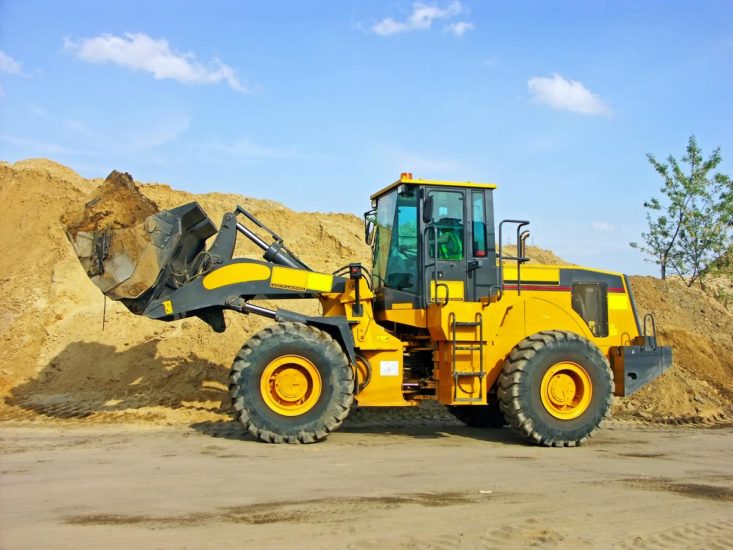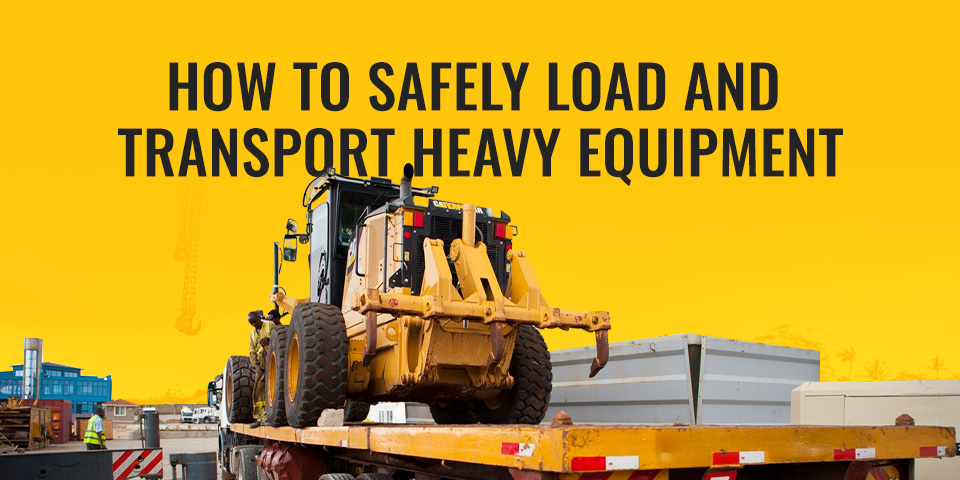Mini Excavator Rental: Compact and Powerful Equipment
Mini Excavator Rental: Compact and Powerful Equipment
Blog Article
Leasing Vs. Purchasing Building Equipment: Making the Right Option for Your Task
When getting started on a construction task, one of the important decisions that predict stakeholders and managers encounter is whether to lease or purchase building and construction devices. The decision hinges on various aspects such as expense considerations, task duration, devices upkeep, scalability, risk, and flexibility management.
Expense Considerations
When assessing the monetary facet of renting out versus getting building and construction devices, the ahead of time prices and long-term expenses need to be meticulously taken into consideration. Leasing equipment often calls for reduced preliminary payments contrasted to purchasing, making it an appealing option for temporary tasks or specialists with spending plan restraints. Renting removes the demand for big capital expenses and lowers the financial danger connected with tools ownership, such as upkeep and devaluation prices. Nevertheless, in the long run, continually leasing equipment can gather higher prices than buying, particularly for prolonged jobs.
On the other hand, buying building tools includes greater ahead of time costs however can lead to long-term cost savings, particularly for constant users or long-lasting projects. Having tools supplies adaptability, convenience, and the capacity for resale worth once the task is finished. In addition, possessing devices enables personalization and experience with particular machinery, possibly increasing efficiency and productivity on-site. Inevitably, the choice between getting and leasing building and construction tools rests on the task's duration, regularity of use, budget factors to consider, and lasting financial goals.
Project Duration

On the other hand, for lasting jobs or recurring building job, getting tools could be the more economical choice. Getting tools can result in cost financial savings over time, particularly if the devices will be regularly made use of. Furthermore, having devices supplies a sense of control over its accessibility and enables for customization to fit certain task needs.

Devices Maintenance
Given the important duty job duration plays in figuring out the most economical strategy between buying and renting out construction devices, the focus currently shifts in the direction of taking a look at the essential facet of tools maintenance. Correct upkeep is vital for guaranteeing the optimum efficiency and long life of construction tools. Renting out tools typically features the benefit of having properly maintained equipment given by the rental business. This can relieve the burden of upkeep jobs from the task owner or professional, saving time and effort. On the various other hand, owning devices needs a proactive technique to upkeep to stop break downs, make certain safety, and expand the tools's life expectancy. Normal evaluations, maintenance, and timely fixings are essential to keep owned and operated tools in top working problem. Consider maintenance prices when deciding between acquiring and renting, as neglecting upkeep can result in expensive repair services, downtime, and project hold-ups. Eventually, a well-kept construction equipment fleet, whether rented or had, is vital for the effective and successful conclusion of construction tasks.
Versatility and Scalability
In the world of building tools management, the element of versatility and scalability holds substantial importance for task performance and source use. Choosing to lease building and construction equipment gives a high level of versatility as it permits for the fast adjustment of tools types and amounts based on the advancing requirements of a project.
Moreover, scalability, an additional crucial aspect, is naturally linked to versatility. Renting building equipment offers the advantage of conveniently scaling operations up or down as job needs vary. Service providers can swiftly include or exchange devices to match the job's changing requirements without the restraints of possessing possessions that may come to be underutilized or outdated. This ability to range sources efficiently can cause expense savings and enhanced project timelines, making renting out a beneficial choice for jobs calling for versatility and responsive resource appropriation.
Risk Administration
Efficient threat administration in building devices procedures is paramount to guaranteeing job success and mitigating possible financial losses. Building tasks inherently include numerous dangers, such as tools breakdowns, mishaps, and job delays, which can significantly affect the task timeline and budget. By very carefully considering the dangers connected with owning or renting out construction equipment, task managers can make educated choices to reduce these possible threats.
Renting out construction devices can offer a level of danger reduction by moving the obligation of upkeep and repair work to the rental business. This can minimize the financial concern on the job proprietor in situation of unanticipated tools failings (equipment rental company). Additionally, renting out provides the adaptability to accessibility customized equipment for details job phases, reducing the threat of having underutilized machinery
On the various other hand, having construction devices supplies a feeling of control over its use and upkeep. Nevertheless, this likewise means bearing the complete responsibility for fixings, maintenance costs, and devaluation, boosting the financial threats associated with devices ownership. Cautious threat evaluation and factor to consider of factors such as project duration, devices use, and maintenance demands are critical in figuring out the most appropriate option for reliable risk monitoring in building and construction projects.
Verdict
Finally, when making a decision between renting out and acquiring building and construction devices, it is very important to think about price, task period, equipment maintenance, risk, adaptability, and scalability monitoring. Each aspect plays a critical role in figuring out the most ideal option for the job at hand. By very carefully examining these facets, job supervisors can make an informed decision that aligns with their budget plan, timeline, and total job goals.

Report this page